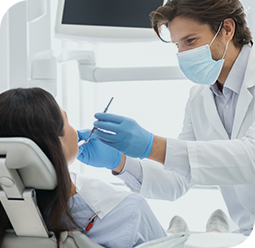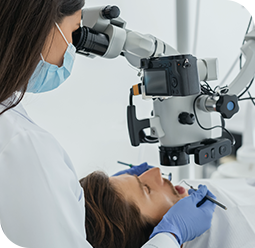Solution For Your Smile!
Your Smile Aligned,
Beautiful & Health
Achieving a smile that is both aligned and beautiful is more than just an aesthetic goal—it's essential for your overall health.
An aligned smile not only enhances your confidence but also contributes to better oral function and health. Proper alignment reduces the risk of dental issues such as cavities, gum disease, and jaw pain.
With personalized care and state-of-the-art technology, we ensure that your journey to a perfect smile is smooth and effective. Our commitment is to deliver results that not only look great but also promote long-term dental health and well-being.





